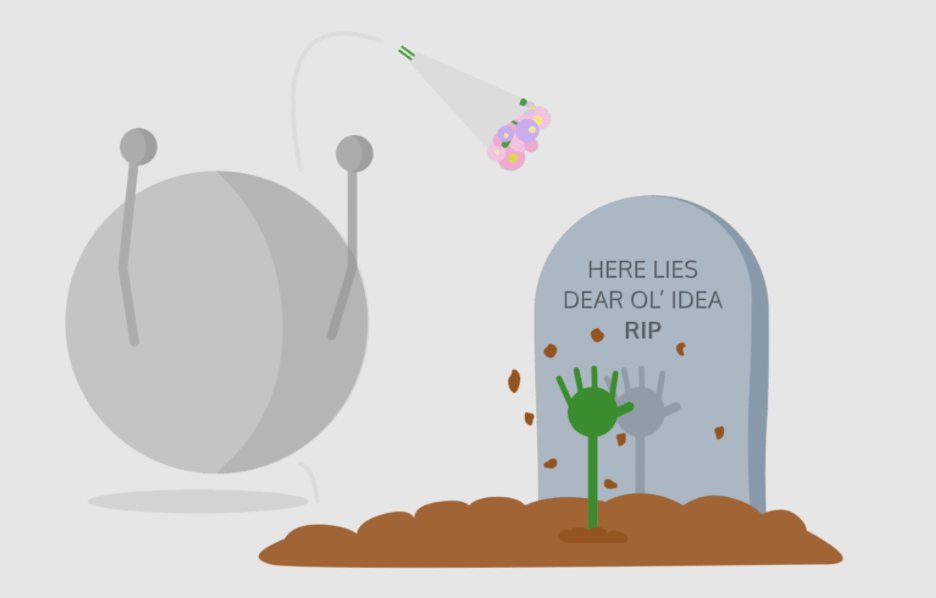Sunsetting Success: How to Strategically Phase Out Products in the Digital Age
This guide explores the key steps and considerations for product managers when it's time to say goodbye to a product.
Join the DZone community and get the full member experience.
Join For FreeIn today's rapid product landscape, innovation occurs at lightning speed. Product Managers are in perpetual pursuit of innovation, launching products, seizing new markets, and fueling growth. Building something innovative that can transform a customer’s journey, enhance their daily lives, boost productivity, or provide entertainment is exhilarating. However, what happens when the job is not as glamorous or thrilling, such as phasing out a product? How do you inspire your team to embrace the mission of gracefully retiring the product?
The decision to discontinue a product is a crucial one, and when handled with care, it can preserve customer relationships, minimize disruption, and ensure a smooth transition. In this comprehensive guide, we'll explore the key steps and considerations for product managers when it's time to say goodbye to a product.

The Need for Sunsetting
Sunsetting a product, which refers to the process of phasing out or discontinuing a product or service, is often a necessary decision for several reasons:
- Technological advancements: As technology evolves, older products may become obsolete. Sunsetting allows a company to focus on newer, more advanced offerings that better meet current market demands.
- Resource allocation: Maintaining and supporting aging products can be resource-intensive. By discontinuing them, a company can reallocate resources—like time, money, and people — to newer and more innovative initiatives that meet the current market demand.
- Market changes: Consumer preferences and market trends can shift rapidly. Sunsetting a product that no longer aligns with these trends ensures that a company remains relevant and competitive.
- Quality and reputation: Older products that are no longer up to current standards can harm a company's reputation. Sunsetting such products can help maintain a brand's image for quality and innovation.
- Cost efficiency: As products age, they may become more expensive to maintain and support, especially if they require unique or outdated technology. Sunsetting can be a cost-effective decision.
- Regulatory compliance: New regulations or changes in compliance standards can render some products non-compliant. Sunsetting is a necessary step to adhere to these legal requirements.
- Strategic focus: Companies often refine their strategic direction to meet the needs of customers and stay ahead of their competitors. Sunsetting products that don't align with the new strategic goals allows a business to stay focused and efficient.
- User experience: Phasing out older products can also be a part of enhancing the overall user experience, pushing customers towards better, more efficient, and feature-rich alternatives.
When executed well, sunsetting enables companies to reallocate resources to more promising areas, enhancing their competitiveness and capacity for innovation. This decision, while difficult, is pivotal for maintaining a robust, relevant product portfolio aligned with long-term organizational goals. Overall, sunsetting a product is a strategic move to optimize a company's portfolio, ensuring it stays innovative, relevant, and financially sound.
Key Considerations for Product Managers When Sunsetting a Product
1. Impact Assessment
Impact assessment, which is a critical first step, involves a thorough evaluation of sunsetting's potential consequences. One would need to analyze how sunsetting affects current users, revenue streams, and the company's brand reputation. While sunsetting a product, one must consider both short-term and long-term impacts on customer trust and the company's market position. This assessment forms the foundation for making an informed decision.
2. Sunsetting Timeline
Crafting a detailed and realistic timeline is vital for a smooth transition. This timeline should cover all phases of sunsetting: initial planning, stakeholder notification, support period, and final closure. It's crucial to provide adequate time for customers and internal teams to adapt, and to anticipate potential delays or issues.

3. Stakeholder Communication and Transparency
Clear, timely, and empathetic communication with stakeholders is key to managing expectations and maintaining trust. Transparency about the reasons for sunsetting, its benefits, and its impacts is essential in managing the narrative and reducing backlash. Regular updates can keep stakeholders informed and engaged throughout the process.
4. Data-Driven Decision-Making
Sunsetting decisions should be rooted in solid data analysis. Examine customer engagement metrics, support requests, financial performance, and market trends. This data-driven approach helps understand the product's actual usage and viability, providing a rational basis for decision-making and supporting internal and external communication.
5. Customer Transition Planning
Developing a comprehensive plan for customer transition is critical. This includes offering alternatives or upgrades, migration assistance, and robust customer support during the transition. Effective communication of these plans minimizes customer inconvenience and dissatisfaction, bolstering customer loyalty and relationships.
6. Resource Allocation
Strategically reallocating resources, both human and financial, is a key aspect of sunsetting a product. Consider how to best invest these resources—whether in developing new products, enhancing existing ones, or exploring new market opportunities. This can transform the sunsetting of one product into a growth opportunity for other areas.
7. Legal and Regulatory Compliance
Ensuring legal and regulatory compliance is paramount when sunsetting a product. This includes honoring existing contracts and agreements, managing data privacy concerns, and adhering to industry-specific regulations during the sunsetting process. Communicating legal implications to stakeholders, particularly regarding data handling and service commitments, is also vital.
Case Study: Sunsetting at Amazon
Take Amazon for an example. Known for its innovation, Amazon has occasionally sunsetted products as part of its strategic approach. One notable example is the Amazon Dash, a Wi-Fi device for repeat purchases. Despite being a technological advancement, the Dash faced regulatory challenges, especially in the EU, and was ultimately discontinued.
Taking the key considerations listed in the previous sections and reflecting on how Amazon applied them to the discontinuation of its Dash product:
1. Customer and Market Impact
Amazon evaluated Dash's market performance and regulatory challenges, particularly in Germany, which impacted longer-term viability and survival of the product.
2. Financial Considerations
The cost of maintaining the Dash, given regulatory issues and the emergence of alternative technologies (like Echo), likely influenced its sunset.
3. Communication Strategy
Amazon's shift from Dash to other products would have involved strategic communication through marketing channels, customer support channels, and sales channels to minimize customer disruption. Amazon would have also had to involve its legal team with any kind of legal and privacy challenges in terms of customer data.
4. Marketing and Customer Touchpoints
Transitioning customers from Dash to other Amazon services like Echo would have been a key focus, ensuring a smooth shift in consumer behavior.
5. Financial Strategies and Incentives
Phasing out Dash possibly involved financial considerations like the cost-benefit analysis of maintaining the product versus investing in more advanced technologies.
In essence, Amazon's decision to sunset Dash was likely driven by a combination of market dynamics, regulatory challenges, strategic realignment towards more advanced technology, and a focus on long-term profitability over short-term gains. The company's emphasis on “Ownership” where leaders focus on longer-term value instead of short-term results often guides these decisions. This approach reflects Amazon's broader strategy of spreading investments across various sectors and leveraging technology for competitive advantage.
Conclusion
Sunsetting a product is a complex, yet strategic process, essential for aligning resources with market needs and organizational goals. It encompasses thorough impact assessment, detailed planning, transparent communication, data-driven decision-making, careful customer transition, wise resource allocation, and legal compliance. Though challenging, it's a vital part of the product lifecycle that, when managed thoughtfully, leads to innovation, growth, and a more focused product portfolio. For product managers, mastering the art of sunsetting is not just about ending a product's journey; it's about transforming challenges into opportunities for future success.
Published at DZone with permission of Balaji Ananthanpillai. See the original article here.
Opinions expressed by DZone contributors are their own.

Comments